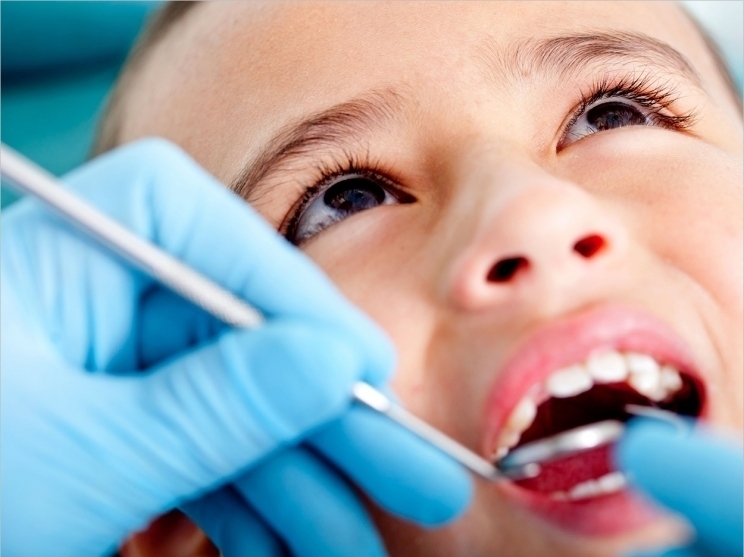
Western Dental & Orthodontics has implemented a comprehensive cavity risk assessment program by expanding upon Medi-Cal’s Dental Transformation Initiative Domain II (DTI-2), according to the company.
The initiative is designed to improve access to care for children between the ages of 1 and 6, manage caries by utilizing risk assessment, increase continuity of care, and test other programs such as teledentistry.
Dental caries is the most common disease among children, Western Dental says. Under the cavity prevention program, high-risk patients are eligible to receive services at increased frequency in 29 designated pilot counties in California.
Western Dental has more than 350 dentists in 175 offices in those pilot counties. The company requires its dentists in those counties to receive risk assessment training and certification. As a result, it says, it has more dentists trained statewide than any other dental provider and is the leader in cavity assessment in California.
“The risk assessment program we have implemented has led to a more customized approach to patient care and focuses attention and resources on patients with greatest need,” said Dr. John Luther, chief dental officer for Western Dental. “As a result, we’ll be able to move our patient population from a higher risk to a lower risk for cavities.”
The goal is to proactively prevent cavities and other oral diseases by providing a broader range of preventive services, including self-management tools for parents and caregivers to help children modify their behavior for improved oral health.
Movement of a patient population from higher risk to lower risk is indicative of improved oral health, Western Dental says, which is an important objective for insurance providers including Medi-Cal Dental.
“Payers are adopting value-based strategies for improving quality and reducing cost,” said Luther. “Western Dental’s integration of risk assessment into its workflow will put us in the lead in the delivery of high-quality, high-value care.”
Related Articles
Tooth Fairy Gifts Up 33 Cents for a $4.03 Average
Study Reveals Molecular Mechanics Behind Dental Fluorosis
White Paper Tackles Oral Health Literacy in the United States











